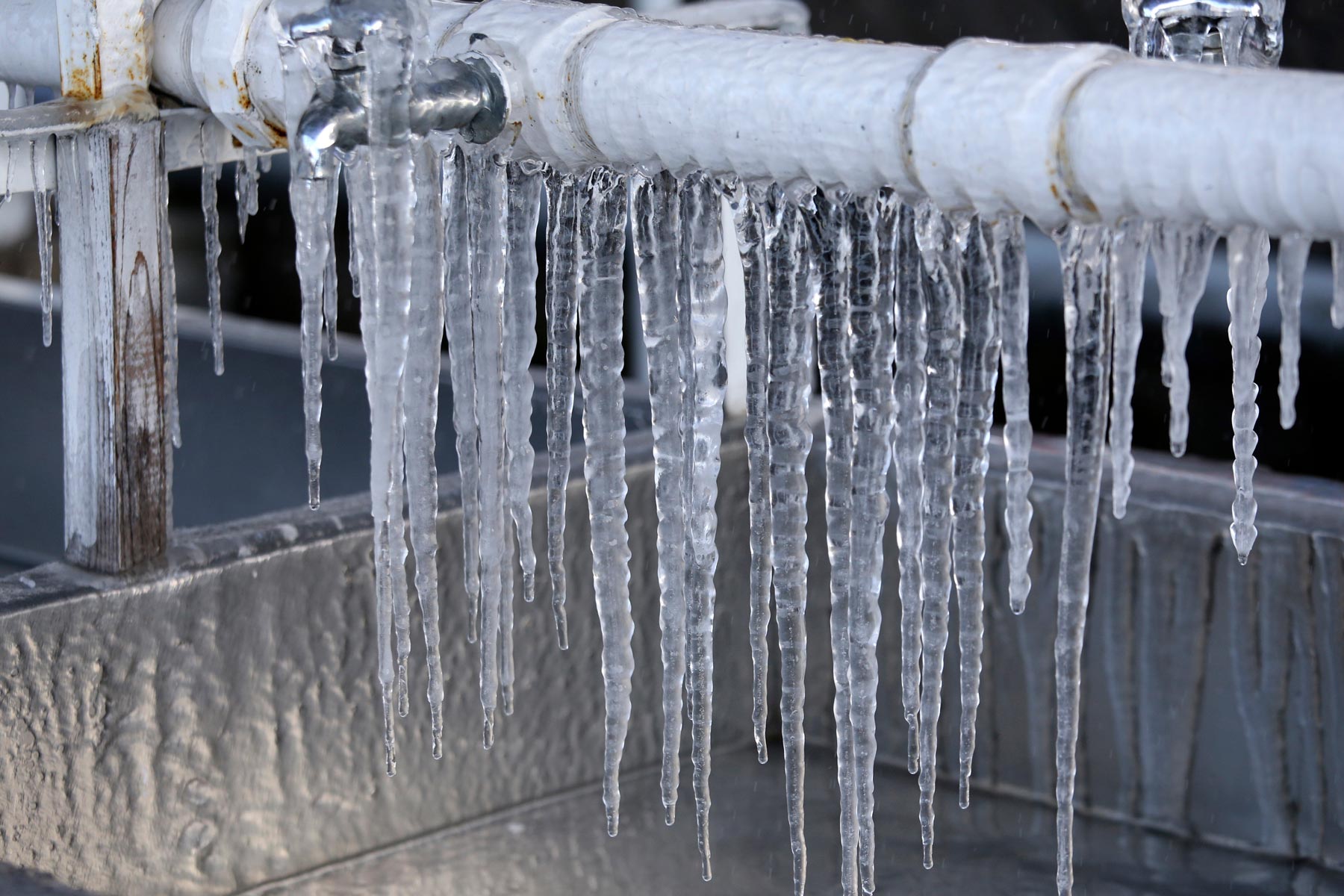This post down the page about Winter Plumbing Precautions: Preventing Frozen Pipes is especially interesting. Don't miss it.

Cold weather can damage your plumbing, particularly by freezing pipelines. Right here's how to prevent it from taking place and what to do if it does.
Intro
As temperatures decline, the danger of frozen pipelines boosts, possibly causing expensive repairs and water damages. Understanding just how to prevent icy pipes is critical for house owners in cool climates.
Avoidance Tips
Insulating prone pipes
Wrap pipelines in insulation sleeves or make use of heat tape to secure them from freezing temperatures. Concentrate on pipes in unheated or external areas of the home.
Home heating methods
Maintain interior rooms sufficiently heated, particularly locations with plumbing. Open up closet doors to allow warm air to flow around pipes under sinks.
Exactly how to determine frozen pipes
Try to find lowered water flow from faucets, unusual smells or noises from pipes, and noticeable frost on exposed pipes.
Long-Term Solutions
Architectural adjustments
Consider rerouting pipes away from exterior walls or unheated locations. Include extra insulation to attic rooms, cellars, and crawl spaces.
Updating insulation
Invest in premium insulation for pipes, attic rooms, and walls. Appropriate insulation aids preserve regular temperature levels and decreases the danger of frozen pipelines.
Shielding Outside Plumbing
Yard tubes and outdoor faucets
Separate and drain pipes garden hose pipes prior to winter months. Install frost-proof spigots or cover outside taps with shielded caps.
Recognizing Frozen Pipes
What causes pipes to freeze?
Pipes freeze when subjected to temperatures below 32 ° F (0 ° C) for prolonged periods. As water inside the pipes freezes, it expands, putting pressure on the pipe wall surfaces and possibly creating them to rupture.
Dangers and damages
Frozen pipes can bring about water disturbances, property damages, and costly repair work. Burst pipelines can flood homes and cause considerable architectural damage.
Indicators of Frozen Water Lines
Identifying icy pipes early can avoid them from bursting.
What to Do If Your Pipelines Freeze
Immediate actions to take
If you suspect frozen pipes, keep faucets open to ease stress as the ice melts. Make use of a hairdryer or towels taken in hot water to thaw pipes gradually.
Conclusion
Preventing icy pipes requires aggressive steps and quick actions. By comprehending the reasons, indications, and safety nets, house owners can protect their pipes throughout cold weather.
5 Ways to Prevent Frozen Pipes
Drain Outdoor Faucets and Disconnect Hoses
First, close the shut-off valve that controls the flow of water in the pipe to your outdoor faucet. Then, head outside to disconnect and drain your hose and open the outdoor faucet to allow the water to completely drain out of the line. Turn off the faucet when done. Finally, head back to the shut-off valve and drain the remaining water inside the pipe into a bucket or container. Additionally, if you have a home irrigation system, you should consider hiring an expert to clear the system of water each year.
Insulate Pipes
One of the best and most cost-effective methods for preventing frozen water pipes is to wrap your pipes with insulation. This is especially important for areas in your home that aren’t exposed to heat, such as an attic. We suggest using foam sleeves, which can typically be found at your local hardware store.
Keep Heat Running at 65
Your pipes are located inside your walls, and the temperature there is much colder than the rest of the house. To prevent your pipes from freezing, The Insurance Information Institute suggests that you keep your home heated to at least 65 degrees, even when traveling. You may want to invest in smart devices that can keep an eye on the temperature in your home while you’re away.
Leave Water Dripping
Moving water — even a small trickle — can prevent ice from forming inside your pipes. When freezing temps are imminent, start a drip of water from all faucets that serve exposed pipes. Leaving a few faucets running will also help relieve pressure inside the pipes and help prevent a rupture if the water inside freezes.
Open Cupboard Doors
Warm your kitchen and bathroom pipes by opening cupboards and vanities. You should also leave your interior doors ajar to help warm air circulate evenly throughout your home.

As a devoted reader about Winter Plumbing Precautions: Preventing Frozen Pipes, I think sharing that piece of content was a great idea. If you please pause to distribute this blog if you liked it. We take joy in your readership.
Click Here
Comments on “Avoiding Pipes from Cold Weather: Top Strategies”